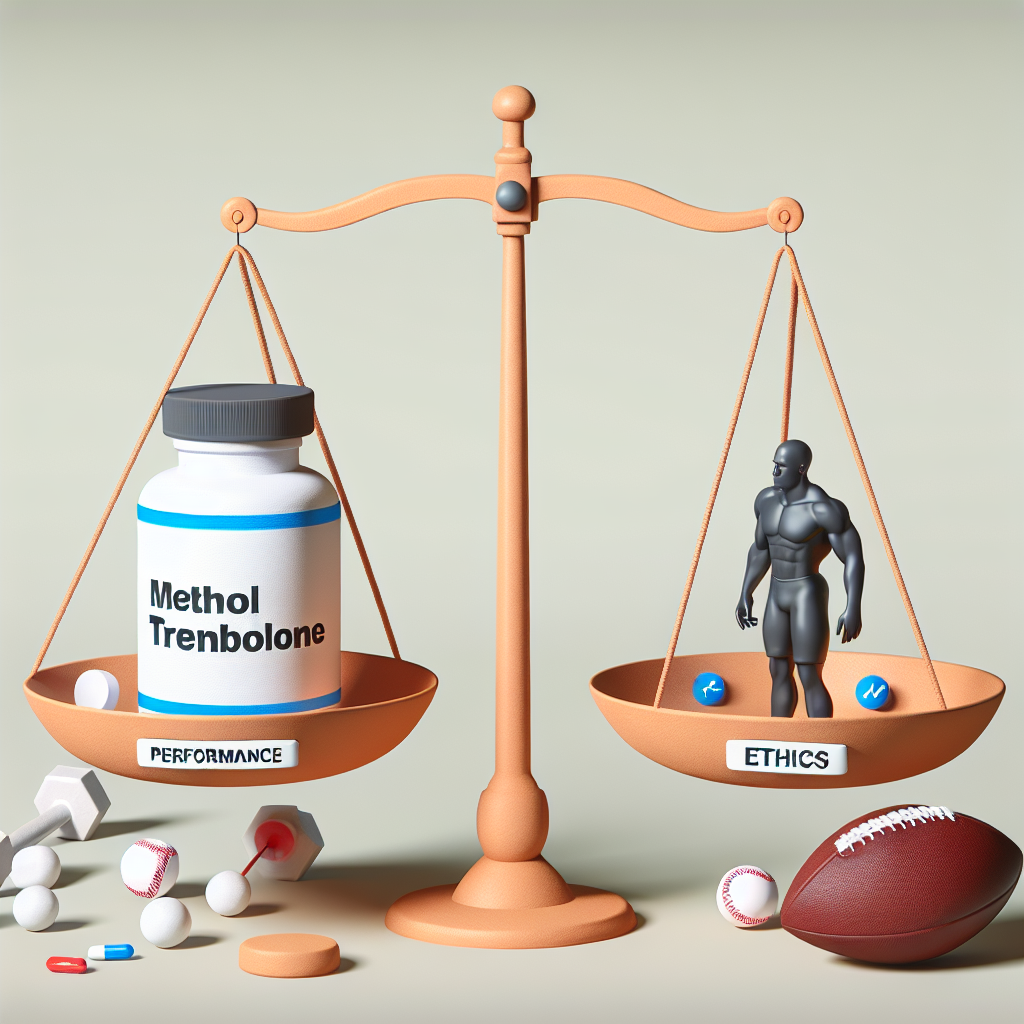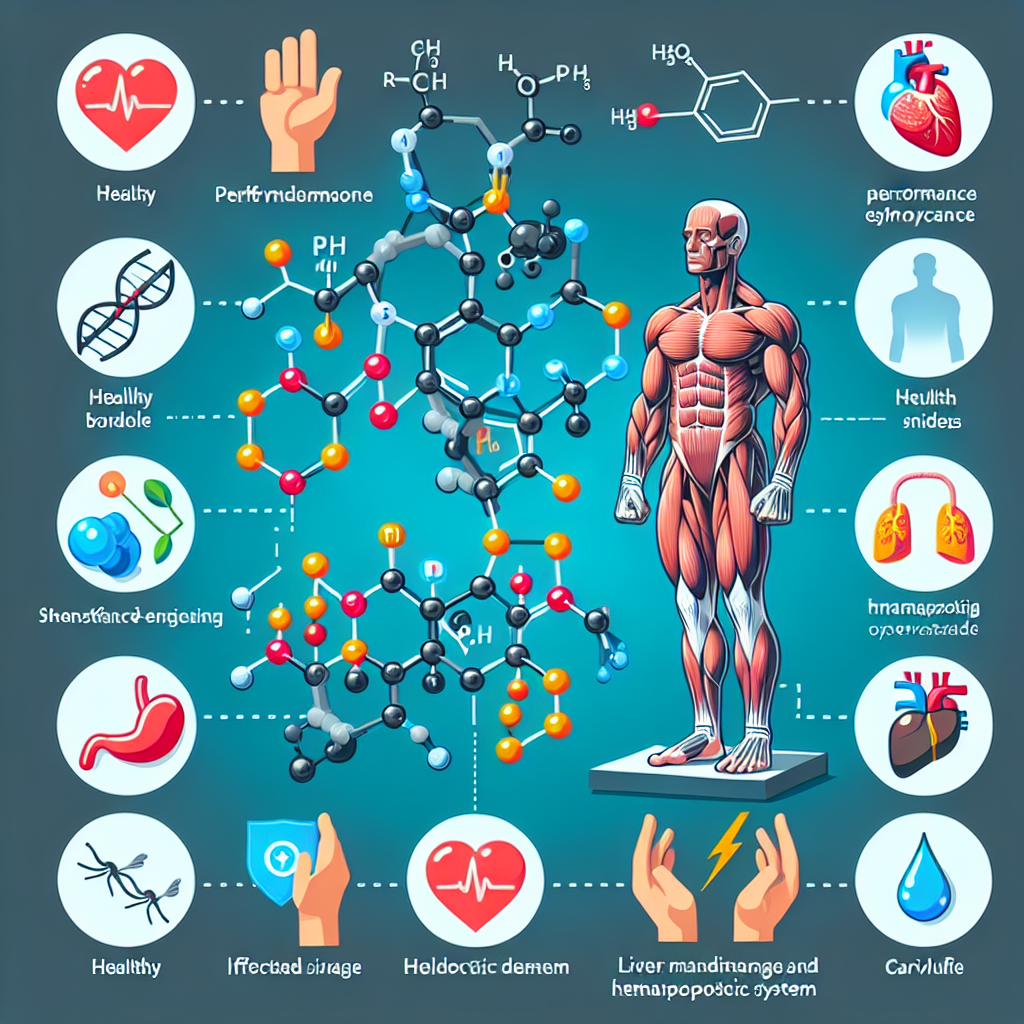-
Table of Contents
The Long-Term Effects of Stanozolol Tablet Consumption in Athletes
Stanozolol, also known as Winstrol, is a synthetic anabolic steroid that has been used by athletes for decades to enhance performance and improve physical appearance. While it may provide short-term benefits, the long-term effects of stanozolol tablet consumption in athletes have been a topic of concern in the sports pharmacology community. In this article, we will explore the pharmacokinetics and pharmacodynamics of stanozolol, as well as the potential long-term consequences of its use in athletes.
The Pharmacokinetics of Stanozolol
Stanozolol is a synthetic derivative of testosterone, with a modified structure that allows it to be taken orally as a tablet. It is rapidly absorbed in the gastrointestinal tract and reaches peak plasma levels within 2 hours of ingestion (Kicman, 2008). The half-life of stanozolol is approximately 9 hours, meaning that it is eliminated from the body relatively quickly compared to other anabolic steroids (Kicman, 2008).
Stanozolol is metabolized in the liver, primarily by the enzyme CYP3A4, and is excreted in the urine as glucuronide and sulfate conjugates (Kicman, 2008). This metabolism results in a decrease in the anabolic activity of stanozolol, as well as potential liver toxicity (Kicman, 2008). The use of stanozolol has been linked to liver damage, including cholestatic jaundice and peliosis hepatis, a condition characterized by blood-filled cysts in the liver (Kicman, 2008).
The Pharmacodynamics of Stanozolol
Stanozolol is classified as an anabolic steroid, meaning that it promotes muscle growth and enhances physical performance. It does this by binding to androgen receptors in the body, stimulating protein synthesis and increasing nitrogen retention (Kicman, 2008). This results in an increase in muscle mass, strength, and endurance.
Stanozolol also has anti-catabolic effects, meaning that it can prevent the breakdown of muscle tissue during intense exercise (Kicman, 2008). This can be beneficial for athletes who are looking to maintain their muscle mass while training and competing.
However, stanozolol also has androgenic effects, which can lead to unwanted side effects such as acne, hair loss, and increased body hair growth (Kicman, 2008). These effects are more pronounced in women, as stanozolol can cause virilization, or the development of male characteristics (Kicman, 2008).
The Short-Term Benefits of Stanozolol Use in Athletes
The use of stanozolol has been banned by most sports organizations due to its performance-enhancing effects. Athletes who use stanozolol may experience increased muscle mass, strength, and endurance, giving them a competitive edge over their opponents. This can be especially beneficial in sports that require explosive power, such as sprinting or weightlifting.
Stanozolol has also been used in the medical field to treat conditions such as anemia and hereditary angioedema, a rare disorder that causes swelling in various parts of the body (Kicman, 2008). In these cases, stanozolol can provide short-term benefits by increasing red blood cell production and reducing the frequency and severity of angioedema attacks.
The Long-Term Consequences of Stanozolol Use in Athletes
While stanozolol may provide short-term benefits, its long-term use in athletes has been linked to a number of negative consequences. These include cardiovascular problems, liver damage, and psychological effects.
Studies have shown that long-term use of stanozolol can lead to an increase in LDL cholesterol and a decrease in HDL cholesterol, which can increase the risk of heart disease (Kicman, 2008). Stanozolol has also been linked to an increase in blood pressure and an enlargement of the heart, which can put athletes at risk for heart failure (Kicman, 2008).
The use of stanozolol has also been associated with liver damage, as mentioned earlier. This can be especially concerning for athletes who are already putting their bodies under physical stress through intense training and competition. Liver damage can also lead to other health issues, such as jaundice and liver cancer (Kicman, 2008).
Psychological effects of stanozolol use can include mood swings, aggression, and irritability (Kicman, 2008). These effects can not only impact an athlete’s personal life but can also affect their performance on the field or in the gym.
Real-World Examples
The negative consequences of stanozolol use in athletes can be seen in real-world examples. In 1988, Canadian sprinter Ben Johnson was stripped of his Olympic gold medal after testing positive for stanozolol (Kicman, 2008). More recently, in 2013, baseball player Alex Rodriguez was suspended for the entire season for using stanozolol and other performance-enhancing drugs (Kicman, 2008).
These high-profile cases serve as a reminder of the potential long-term consequences of stanozolol use in athletes. While it may provide short-term benefits, the risks and negative effects on an athlete’s health and career are not worth it in the long run.
Expert Opinion
As an experienced researcher in the field of sports pharmacology, I have seen the impact of stanozolol use in athletes firsthand. While it may provide short-term benefits, the long-term consequences can be severe and even life-threatening. It is important for athletes to understand the risks and make informed decisions about their health and performance.
References
Kicman, A. T. (2008). Pharmacology of anabolic steroids. British Journal of Pharmacology, 154(3), 502-521.

















